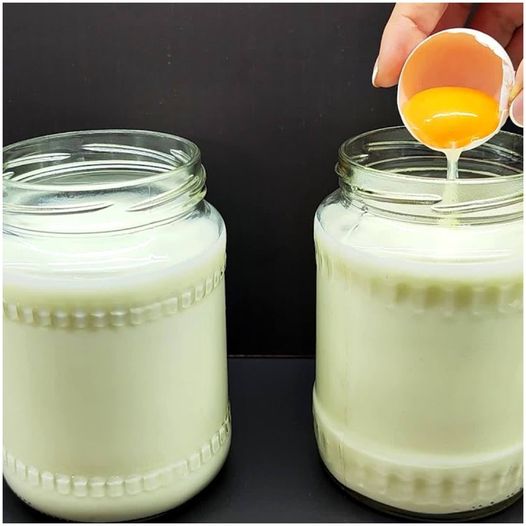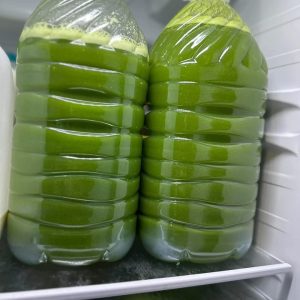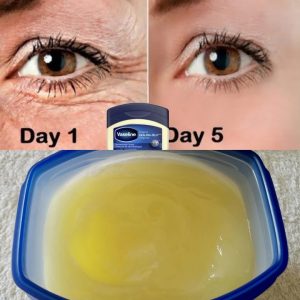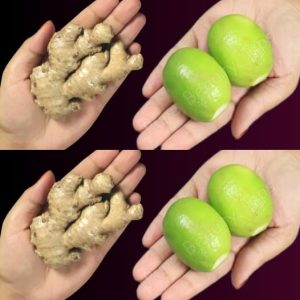
Making cheese at home can be a delightful and rewarding experience. With just a few simple steps, you can create 1 kg of delicious homemade cheese from 2 liters of milk, all without the need for vinegar or citric acid. Here’s how to do it:
Ingredients:
2 liters of fresh milk (preferably whole milk)
1/4 cup of yogurt (natural, unsweetened)
1/4 rennet tablet (or 1/4 teaspoon liquid rennet)
Salt to taste
Equipment:
Large pot
Thermometer
Cheesecloth
Colander
Knife
Large bowl
Stirring spoon
Instructions:
1.Prepare the Milk:
Pour the milk into a large pot and heat it slowly over medium heat. Stir occasionally to prevent scorching.
Use a thermometer to monitor the temperature. Heat the milk to 32°C (90°F).
2.Add the Yogurt:
Once the milk reaches 32°C, remove it from the heat.
Stir in the yogurt thoroughly. This helps to introduce the necessary bacteria for the cheese-making process.
3.Add the Rennet:
Dissolve 1/4 rennet tablet in 1/4 cup of cool, non-chlorinated water.
Add the dissolved rennet to the milk mixture and stir gently for about 30 seconds.
4.Let the Milk Set:
Cover the pot and let it sit undisturbed for about 1 hour. During this time, the milk will coagulate and form curds.
5.Cut the Curds:
After 1 hour, check the curds for a clean break. This means that when you insert a knife into the curds and pull it out, the curds should separate cleanly.
Cut the curds into small cubes (about 1/2 inch) using a knife. Make sure to cut all the way to the bottom of the pot.
6.Heat the Curds:
Place the pot back on the stove and slowly heat the curds to 42°C (108°F) over about 30 minutes. Stir gently to keep the curds from sticking together or to the pot.
7.Cook the Curds:
Once the curds reach 42°C, maintain this temperature for another 30 minutes, stirring occasionally. The curds will shrink and firm up during this time.
8.Drain the Whey:
Line a colander with cheesecloth and place it over a large bowl.
Carefully pour the curds and whey into the colander to separate them. Let the whey drain for a few minutes.
9.Salt and Shape the Cheese:
After most of the whey has drained, gather the corners of the cheesecloth and tie them together to form a bag.
Hang the bag over the bowl or sink to drain for about 2-4 hours. The longer you let it drain, the firmer the cheese will be.
Once drained, transfer the cheese to a bowl and mix in salt to taste. Knead the cheese gently to distribute the salt evenly.
10.Enjoy Your Homemade Cheese:
Your cheese is now ready to be enjoyed! Store it in the refrigerator and use it within a week for the best flavor and texture.
Conclusion:
Making cheese at home is simpler than you might think and incredibly rewarding. By following these steps, you can create 1 kg of delicious homemade cheese from just 2 liters of milk, all without using vinegar or citric acid. Enjoy the fresh, creamy taste of your very own homemade cheese in various dishes or simply on its own!





